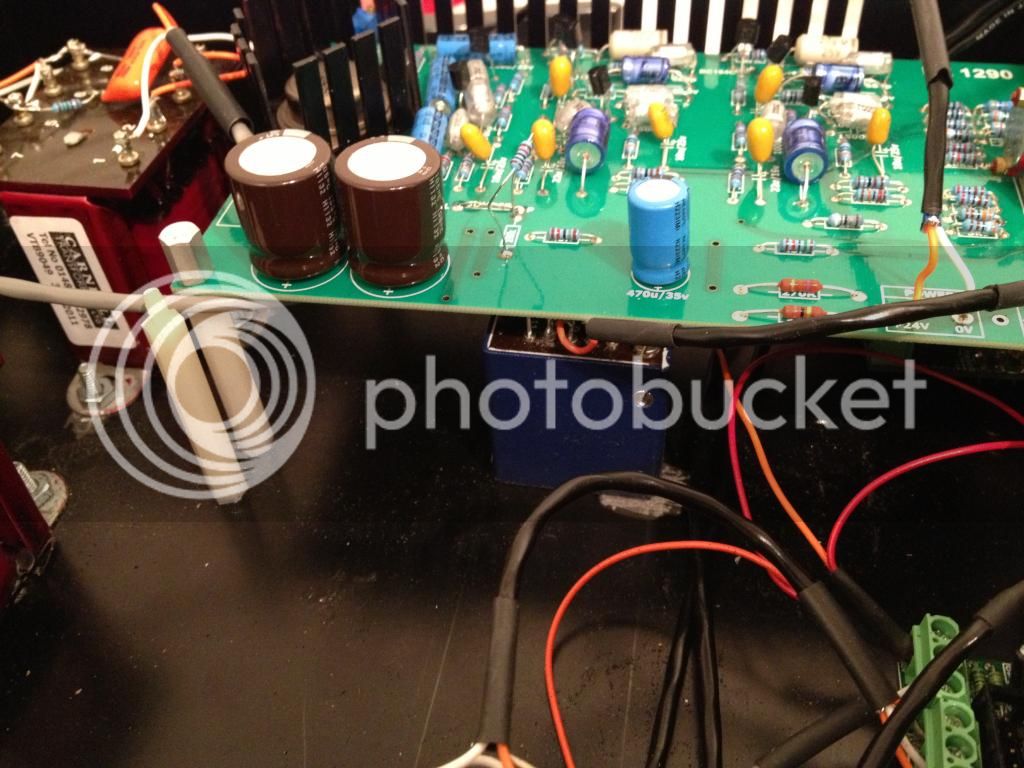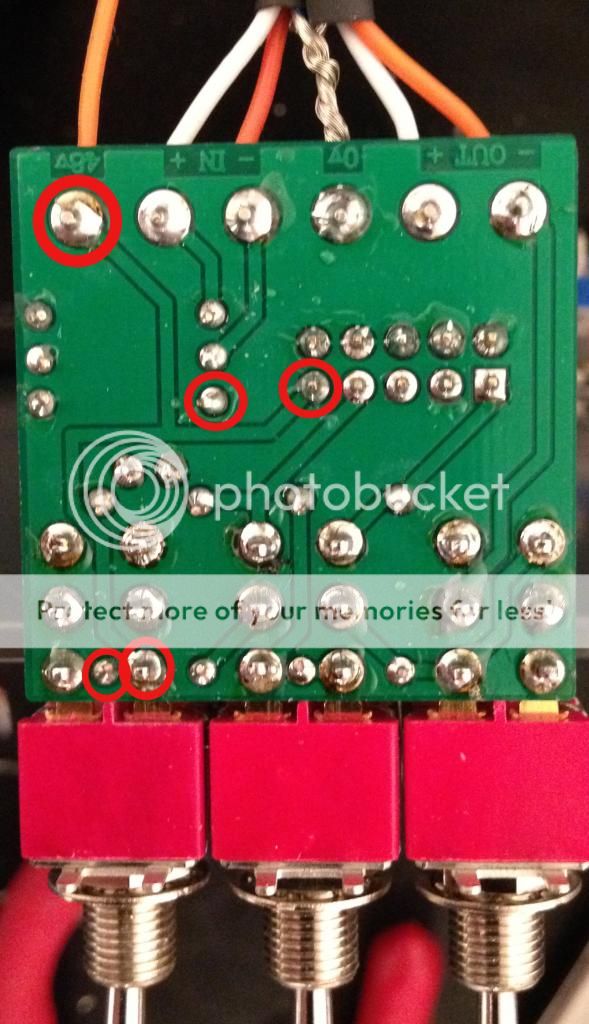indiehouse Recording
Well-known member
OK. So I woke this morning with a fresh head and thought about this some more. I thought that it's most likely a ground loop issue creating an 'antenna' that's picking up this AM radio station. I tore everything apart in my pre's and PSU trying to chase this down.
Then I got to thinking bigger picture. I have my Power Supply plugged into an outlet on a different circuit than my interface/speakers. When I use the same outlet as my interface/speakers, the RF interference is substantially less noticeable. It's definitely still there, but much quieter. At this point, I think I'm going to leave it alone. I still have to hook up my Go Between, DI, and impedance switch. However, if anyone ever has any ideas about how to completely eliminate the RF interference, I would definitely be interested.
Then I got to thinking bigger picture. I have my Power Supply plugged into an outlet on a different circuit than my interface/speakers. When I use the same outlet as my interface/speakers, the RF interference is substantially less noticeable. It's definitely still there, but much quieter. At this point, I think I'm going to leave it alone. I still have to hook up my Go Between, DI, and impedance switch. However, if anyone ever has any ideas about how to completely eliminate the RF interference, I would definitely be interested.















![Soldering Iron Kit, 120W LED Digital Advanced Solder Iron Soldering Gun kit, 110V Welding Tools, Smart Temperature Control [356℉-932℉], Extra 5pcs Tips, Auto Sleep, Temp Calibration, Orange](https://m.media-amazon.com/images/I/51sFKu9SdeL._SL500_.jpg)





















